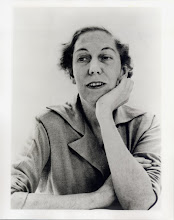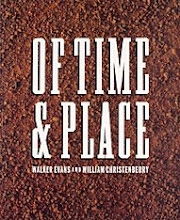- Place of origin:Norwich (made)
- Date:1763 (dated)
- Artist/Maker:Kelly, John (manufacturer)
- Materials and Techniques:Worsted (wool) samples, mounted on paperObject Type
John Kelly was a Norwich textiles manufacturer. This book is his 'counter-part', or matching copy, of a pattern book sent to Portugal and Spain, where customers could choose from the numbered samples and have their orders prepared back in Norwich. The book shows the range of patterns and colours thought likely to appeal to the Spanish and Portuguese market in 1763, the date it was sent, and the colourful names given by manufacturers to convey fashionable or exotic novelty, like martinique, harlequin, floretta and diamantine.Materials & Making
Worsted is a fabric woven from long staple wool, which is prepared for weaving by combing rather than carding, and can have a smooth finish suitable for glazing. In the second half of the 18th century, the majority of the worsteds exported were calimancoes. A contemporary writer commented that 'these were woven in various patterns which ... were composed of the richest and most brilliant dyes and variegated by an endless diversity of colours ... this manufacture was peculiar to Norwich, and the colours employed for it surpassed any others dyed in Europe'.Trading
British Customs records list large quantities of worsted sent to Spain and Portugal from Norwich in the 18th century. The export market was of major importance to Norwich textile manufacture. Norwich Stuffs, as they were known, were exported via London (and later Great Yarmouth), through Rotterdam, Hamburg and Danzig. There were substantial imports into Russia and China, and to the Iberian peninsula, from where they were also re-exported to Central and South America.Copy and image from Victoria and Albert Museum.
Monday, October 10, 2011
Fabric Samples
Subscribe to:
Post Comments (Atom)



















No comments:
Post a Comment